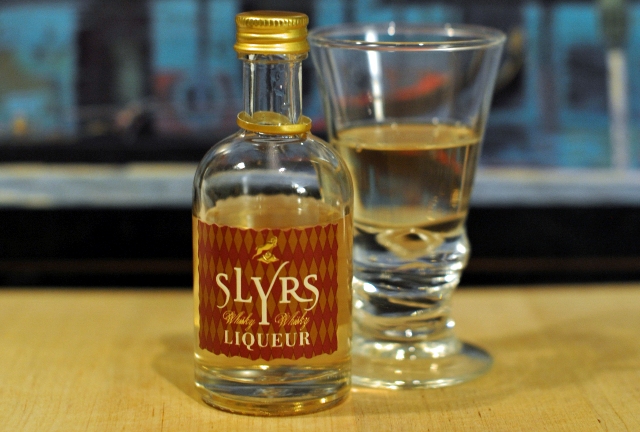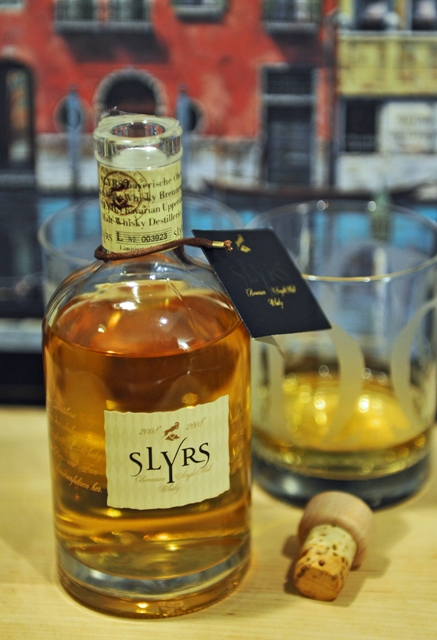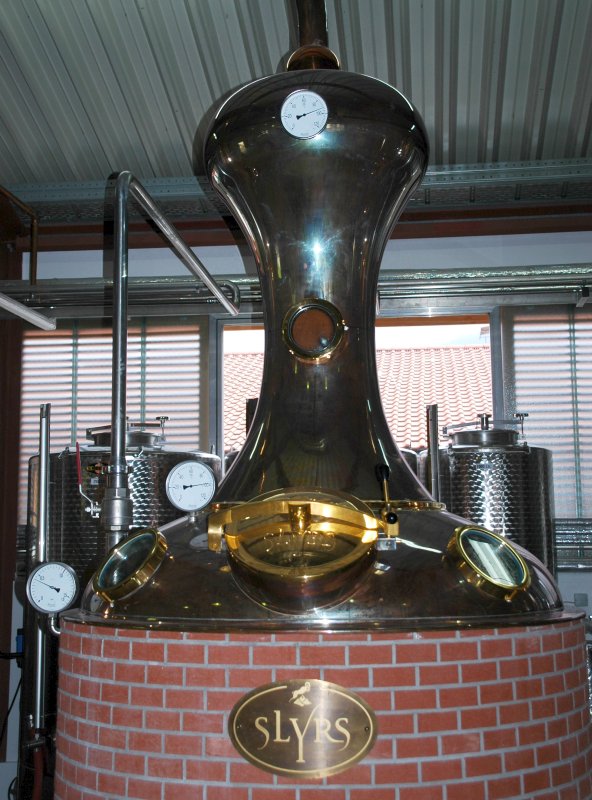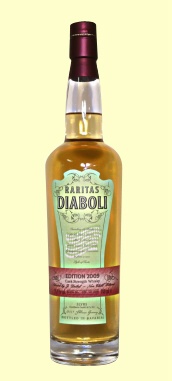Blogging Yin & Yang - spam comments
 Wednesday, August 10, 2011 at 0:00
Wednesday, August 10, 2011 at 0:00 Frau A and I are seeing some consistent traffic on Schnitzelbahn now, and that's rewarding for an income-free hobby. We also enjoy learning through the blogging experinece, with its tools (like Squarespace, our host) and site meters (like Google Analytics).
Of course everything comes with its downsides, and we're seeing one such example more frequently nowadays: spam comments!
Check out the comments added to Schnitzelbahn on August 9:
I'm not sure if these were added manually, or automated like email spam can be. I wonder how the person (or computer algorithm) chose those specific Schnitzelbahn pages to spam? And do you ever wonder why spam is so nonsensical?
Well, who wouldn't want to buy "replica Jessica Simpson Boots" from a watch store???
So I just had to check out the spam link. It does, in fact, bring you to a web site that appears legitimate. But when you look closely, things seem a little...off. At a professional UK site, you have certain expectations about the language, tone of voice, consistency, etc.
First, I noticed the top banner on the page:
"WristWatch" is spelled with a second capical "W" -- strike one. The price (at a UK site) is in US dollars -- strike two. And A Rolex for $88? -- strike three. Maybe theey know the guy that used to sell them down my street in New York City...
Also, you do not sell Rolex watches because they are "World-Recognized". Rolex buyers are attracted to the prestige, quality and craftsmanship, and elegance. Strike four?
Even better were the "buyer" comments (not "customer" comments!):
I love that "Dawn" is a guy (Dawn is usually a girl's name, but not always) and that "Cynthia" does not look Finnish at all!
Finally, I went to their "About Us" page at the spammed link:
Classic spam. The first thing they say is how "reliable" they are (but at least admit that they sell replica watches). More funny is that customer satisfaction "means the world to us" and is also their "chief objetive". It continues with subtle (unintended) humor through the description. It would be "pretty wise" of me to choose them!
I guess this spam is the extra cost of blogging, but it's worth it. We'll just continue to delete them as they come.














